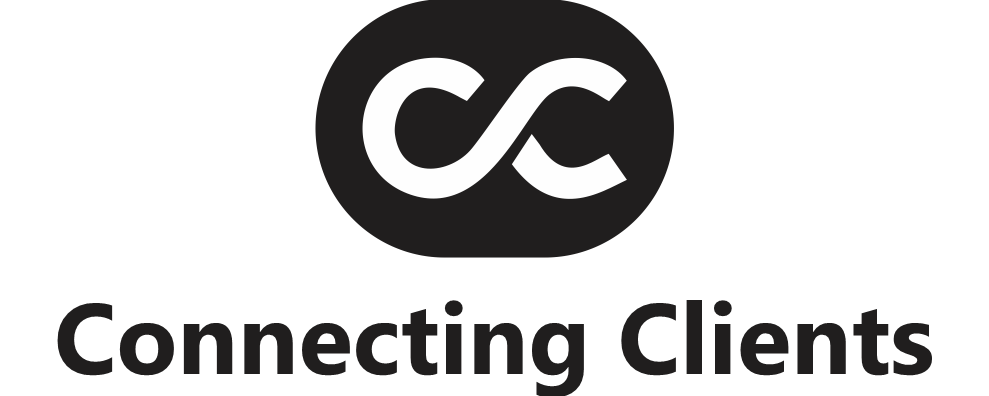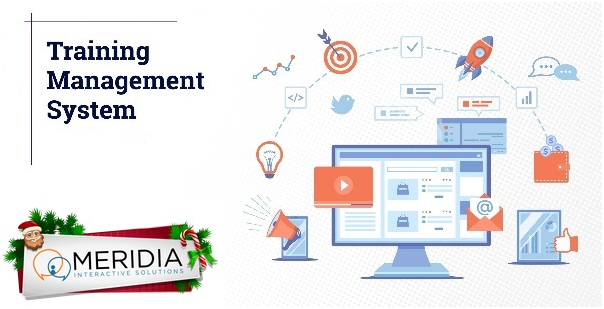How Leaner Operations Can Keep Your Business Profitable All Year Long
Running a small or mid-sized business often feels like walking a financial tightrope. Sales might come in steadily, your team might be working at full speed, and yet the profit margin doesn’t reflect the effort. When that happens, it’s usually not a revenue problem—it’s an operations problem. Businesses grow fast, and when they do, systems get messy. Overhead balloons, software subscriptions stack up, and staffing becomes inefficient. If no one’s tracking the flow of money with laser focus, it’s easy for a business to become bloated without even realizing it. And in today’s economy, bloat is expensive.
Why Overhead Grows Without Warning
Most businesses don’t notice their operational costs swelling because it doesn’t happen all at once. It starts with little things. Maybe a tool that once felt essential is now barely used. Or a subscription was added temporarily during a busy season and never canceled. Maybe there are two people doing a job that one sharp employee could handle. This kind of financial drift happens gradually, until the budget becomes harder to manage and the profit-and-loss sheet becomes a source of stress instead of clarity. When the money going out consistently outpaces the efficiency of what’s coming in, something has to give.
One of the reasons lean operations matter is because fixed costs don’t care about your sales cycle. Whether you’re in a slow quarter or booming with orders, rent, insurance, payroll, and tech fees march on. A leaner structure allows a business to maintain health no matter what the economy throws its way. Recession-proofing your business means building something that doesn’t collapse the moment consumer behavior shifts or costs increase.
Payroll Efficiency Isn’t Just About Headcount
Labor is usually the biggest cost for any small business, which is why it’s often the first place to look when trimming excess. But cutting headcount isn’t always the answer. What really needs attention is workflow. If three people are taking twice as long to complete something one experienced hire could do better and faster, it’s not just inefficient—it’s expensive. The same goes for outsourcing tasks that would actually cost less and yield better results if brought in-house, or vice versa.
It helps to look at time as currency. Every hour an employee spends doing something outside their role or without clear purpose is an expense. And those expenses compound. Improving systems that support staff—things like clearer training materials, better scheduling, and tech that actually speeds things up rather than slows them down—can drastically change how productive and cost-effective a team is. A lean operation is one where everyone knows their job, tools are used correctly, and tasks don’t need to be done twice because something got lost in translation.
Tech Tools Should Serve the Business, Not Drain It
It’s tempting to chase the next shiny platform or software solution that promises to automate everything. But more often than not, businesses end up paying for tech that either overlaps in function or adds complexity instead of solving problems. Having five separate tools to manage communication, scheduling, CRM, payroll, and inventory may not make sense when two would do the job. Yet it’s surprisingly common for small companies to let this pile up simply because canceling or consolidating takes time they don’t think they have.
That time, however, is worth finding. A lean business isn’t necessarily low-tech—it’s intentional about which tech is used and why. Subscriptions should be evaluated quarterly. Demos should be requested before signing up. And just because a competitor uses something doesn’t mean it’s right for your operation. Tech should create clarity, not confusion. And if your team is spending more time learning new systems than actually doing the work, that’s a clear sign the setup needs to be rethought.
Outsourced Financial Support Can Actually Save You Money
One of the smartest moves a growing business can make is to bring in outside help—not permanently, but strategically. Many owners think they’re saving money by doing their own bookkeeping or having a family friend run the numbers. But financial blind spots are expensive. Misclassified expenses, late payments, and inconsistent reports can cost thousands in fees, taxes, or missed opportunities. And when you’re operating without a clear financial picture, it’s impossible to make smart decisions about staffing, pricing, or investing.
Instead of flying blind or overpaying for full-time in-house help too early, businesses can look to specialized accounting support that gives them financial clarity without the overhead. Resources like TGG-Accounting.com clearly outline the benefits in a way that makes sense, especially for businesses that don’t yet have the scale to justify an entire internal finance department. From cash flow forecasting to monthly closeouts that actually make sense, working with pros—who know small business finance and aren’t just plugging numbers into software—can be the difference between survival and success.
Inventory and Vendor Relationships Can Be a Hidden Goldmine
Inventory-heavy businesses often leave money sitting on shelves. Old stock, overordering, or buying in bulk without negotiating vendor discounts adds up. It also ties up cash that could be used for payroll, advertising, or expansion. Lean operations look closely at what sells, what lags, and what needs to go. The faster inventory moves, the healthier the business usually is. That’s because cash is active when it’s not trapped in boxes or backrooms.
Vendors, too, deserve a second look. Relationships that started with good terms might have quietly become less favorable. Costs may have risen without negotiation. Maybe you’re not meeting minimums that justify the rates you’re getting. Reassessing vendor agreements can open the door to better pricing, better service, or a clean break from a partnership that no longer works. Sometimes loyalty costs more than it’s worth, and staying lean means staying honest about who’s helping your bottom line and who’s just along for the ride.
The path to healthier profits isn’t about slashing and burning. It’s about intentional, regular adjustments that keep the operation sharp and responsive. Businesses that stay lean don’t just save money—they stay prepared. When things shift, as they always do, they’re not scrambling to figure out what went wrong. They’re already built to adapt.







